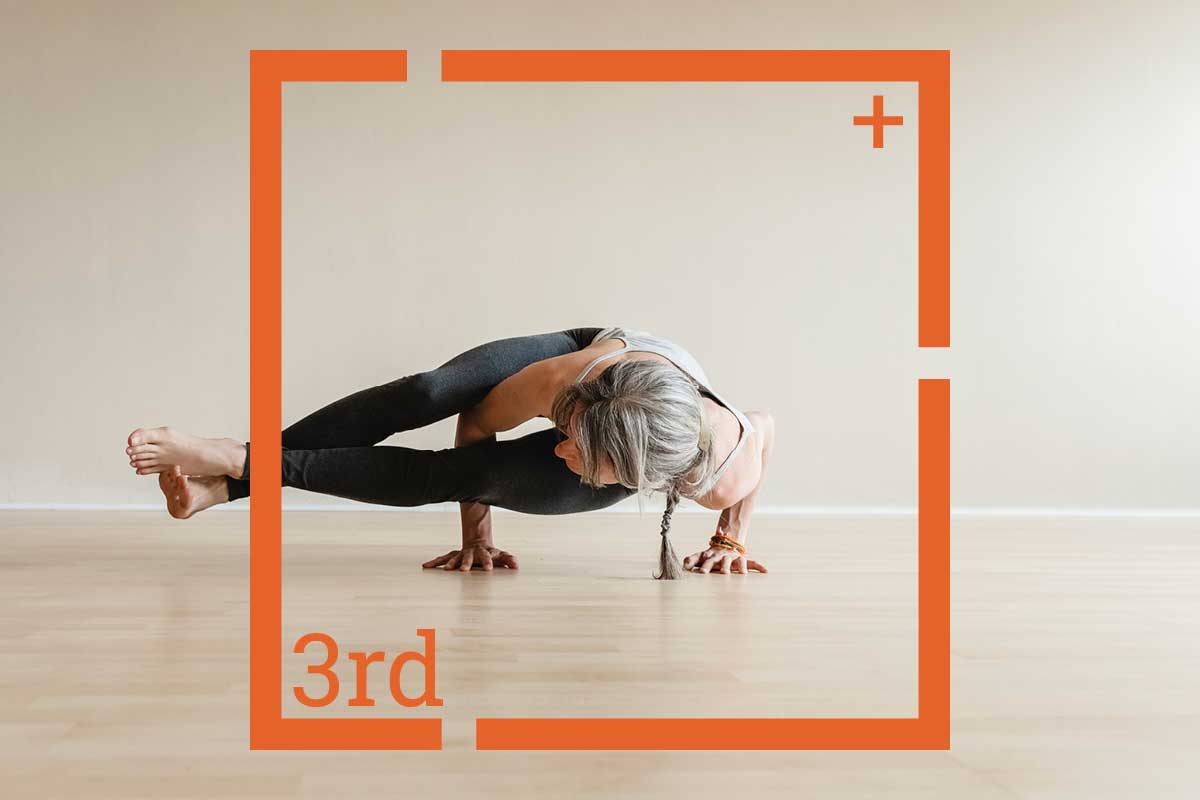
24 Sep Addressing “Internalized Ageism” in Senior Living Marketing, Part 1
Yep. “Internalized ageism” is a thing. And it has major implications for how we approach marketing to elders in the senior living* industry.
When I read Stacey Burling’s article in the Philadelphia Inquirer “Old and ageist: Why so many older people have prejudices about their peers—and themselves,” it confirmed something I’ve suspected for a long time but haven’t been able to put into words. In the article, Dr. Tracey Gendron, gerontologist at Virginia Commonwealth University, says that all the negative conditioning we receive throughout life about older people creates a bias that can be summed up as “internalized ageism.” Also in the article, Dr. Todd D. Nelson, a psychologist at California State University at Stanislaus, dubs ageism as “a prejudice against our feared future self.”
Listening to the market.
These attitudes square pretty well with those of the community focus groups we perform when we start a new branding project. We take deep dives into the psychology of our target audience so we can better develop images, messages, brand pillars, offers and events that will resonate with each community’s ideal prospects.
We also want to uncover any emotional landmines and triggers so that we can avoid using them or lessen their impact. A good focus group warm-up question is, “How old are you, and how old do you feel on the inside?”
The vast majority of residents say they feel on average about 20 years younger than they actually are, and that they prefer to socialize with people who are also 20 years younger than them.
When shown a picture of a group of older women wearing silly glasses, one participant remarked, “That’s not me. I want to see pictures of younger people in backpacks and hiking gear.”
Another jumps in, “And I want to see more pictures of men.” Oh yes, chimes in a third: “I like pictures of men. I don’t like looking at older women.” Later, one of them ponders, “I wonder if I might be a little ageist? Even though I see grandma when I look in the mirror, when I see these photos, I don’t identify with them as my people.”
Moreover, an AARP survey and analysis of thousands of advertisements targeted at older people confirm ageism in advertising. While some 70 percent of seniors dye their hair, 90 percent of the photos showed seniors with gray hair. That’s a serious disconnect from both reality and perception.
What does this mean for advertising to the senior living customer?
As advertisers, our goal is to create iconic brands that will resonate with prospects at a deep, emotional level. Our target audience is often 70 percent women, and of that percentage, 90 percent are probably also the decision-makers. So, what if the majority of your target audience is telling you that certain photos not only don’t resonate with them, but turn them off?
For 75 years, it made sense to feature photos of the target audience in advertising, whether identified by age, ethnicity, career, socioeconomic status, locality, or cultural subgroups and niche segments such as “goth teenage skate punks.”
Showing images of your ideal customer is a quick and easy way for them to “self-identify” with your product and say to themselves, “This is for me and is about me, so I should pay attention.” Such images encourage them to engage with the brand, all without needing a banner running through the ad that shouts “ATTN: Goth Teenage Skate Punks!”
At 3rdThird, we don’t want to cater to or reinforce internalized ageism, but we do need to recognize it and address it in the healthiest way possible. To ignore ageism would be professional malpractice. For us, the answer is showing healthy, vibrant people of a certain age and attitude.
Be aspirational and show healthy-looking people.
We believe the industry could take a page from the Dove soap campaign featuring plus-size models. These ads show women of all shapes and sizes. But none of these plus-size models are unattractive or unhealthy looking. They are fit. And fit people are attractive at any size or age.
While an 87-year-old in assisted living might never throw on a pair of hiking boots and trek five miles, they can still aspire to become healthier, steadier, more balanced and vibrant. Who’s to say they can’t aspire to be more? As cultural editors, we believe it is our role to lift people up and inspire them to become their best selves at any age. We don’t have to be a party to images that show decrepitude and disempowerment. After all, if a highly motivated senior person diligently engages in daily exercise classes, healthy food and enrichment programs, they may be able to recover their lost mobility as well as discover new possibilities.
In part 2 of this blog, “Addressing Internalized Ageism in Senior Living,” we’ll show specific examples of how 3rdThird Marketing overcomes the perceptual bias of internalized ageism in the work we do, with real-world examples.
Derek Dujardin is creative director at 3rdThird Marketing in Seattle, which specializes in creative branding, lead generation, digital marketing and social media for senior living communities. Please feel free to contact Derek for further inquiries.
*PLEASE NOTE: While we prefer to avoid the term “seniors” and “senior living” in marketing and messaging, we also have to be realistic that “senior living” is a very popular search engine term for Google. Therefore, in order to be better ranked, we reluctantly adopt the term senior when necessary.
